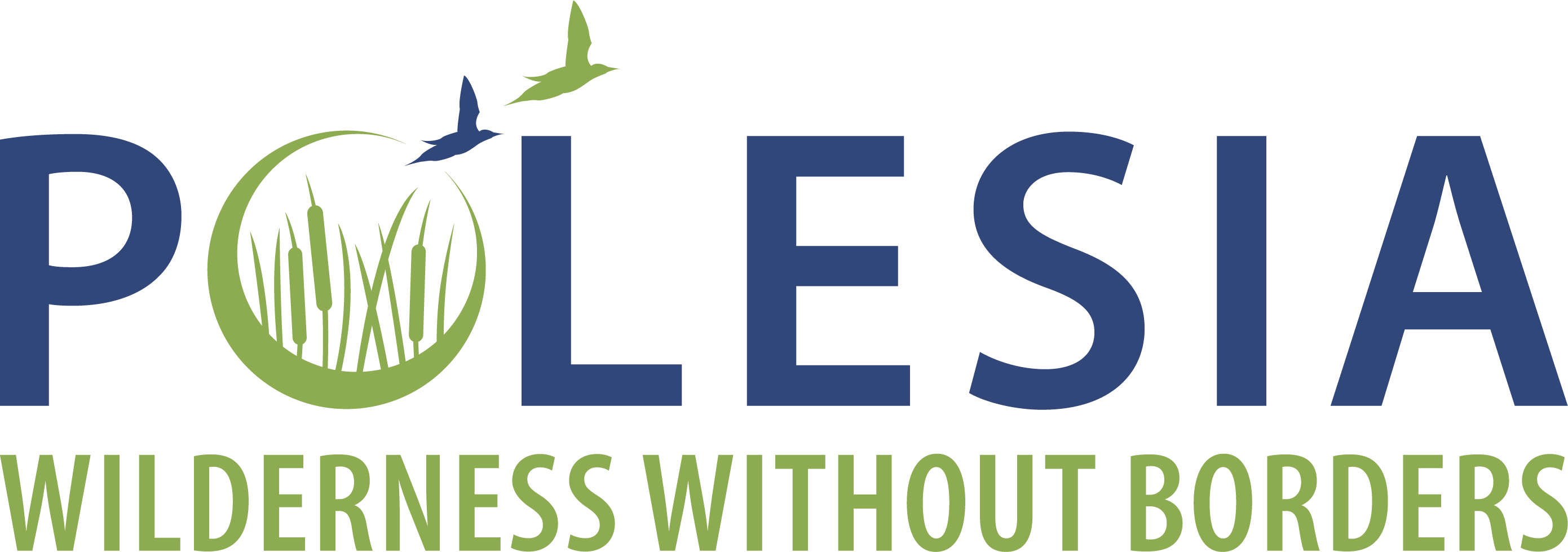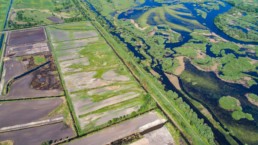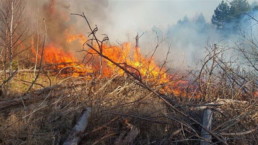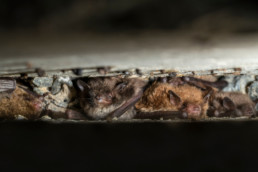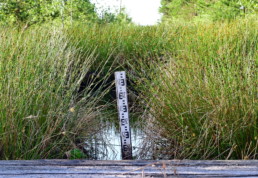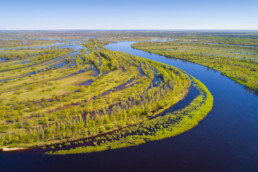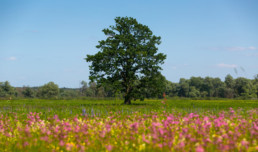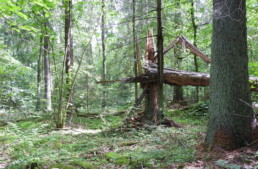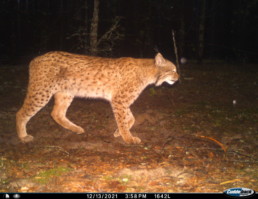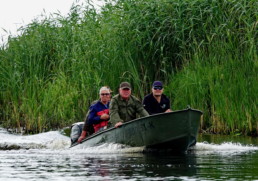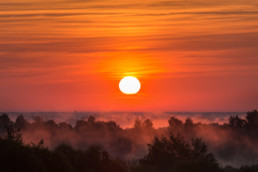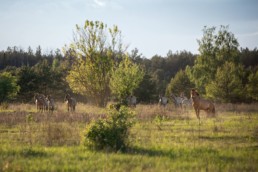Fighting fires through wetland restoration
by Alina Lepeshkina, Corinna Van Cayzeele, Elleni Vendras, and Adam Gristwood
Following a devastating wildfire season in Polesia, action should upsurge to restore mires – an effective measure to stem even more frequent and destructive fires in the future.
This April, vast wildfires that raged across Polesia in Ukraine and Belarus made news worldwide. The restoration of important mire systems could help stem devastating increases in the frequency and intensity of the wildfires.
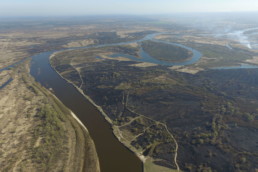
News that fires were tearing across the Chernobyl exclusion zone, situated in Polesia, captured international attention. The enormous fires were a harrowing reminder of the world’s largest nuclear disaster that happened decades earlier and lives on through radiation in the ground. But while the threat of radiation becoming airborne and spreading as a consequence of forest fires is thought to be minimal, the fires were an alarming demonstration of the threat that climate change is causing in the here and now.
Years of drought and drainage of wetlands by humans had created a perfect storm. Seasonal fires are not uncommon in the area and wildfires consuming forest, grass and bushland flare up roughly once every two years. But in recent years, fires have increased dramatically and seriously threaten the residents and wilderness of Polesia.
Polesia is often compared to the Amazon because of its expanse and rich biodiversity, a diverse landscape dominated by the vast meandering Pripyat and Dnieper rivers. But extensive spring floods have decreased year on year, while ‘land reclamation’ policies in past decades have drained areas of land crucial to blocking the spread of fires. The most serious and difficult to extinguish fires in the region occur in dry floodplains or on drained and disturbed peatlands. Untouched wetlands are far more resistant.
As climate change increases temperatures and droughts, wildfires are set to get worse in future unless there are positive changes in land management. Researchers from the area have proposed the restoration of key mires and peatlands as a powerful form of defense against future wildfire outbreaks. A fire raging over hundreds of hectares is difficult to extinguish by human firefighters alone. Apart from increasing and improving the direct protection for villages and their inhabitants, it is essential to apply an effective way to combat spring fires. Natural barriers will help to stop a large forest fire, explains Maxim Nemchinov from APB-BirdLife Belarus:
“When draining wetlands, violating the water regime with canals and dams, straightening and canalizing rivers,[people] deprive nature, and thereby themselves, of the most reliable defense line.”
The “Polesia – Wilderness Without Borders” project works towards the restoration of over 6000 hectares of previously drained mires. More initiatives to restore disturbed wetland could serve to reduce the threat of devastating fires in Polesia.
Alina Lepeshkina and Corinna Van Cayzeele are Communication Officers at APB-BirdLife and FZS, respectively.Elleni Vendras is the Project Coordinator at FZS. Adam Gristwood is a freelance science writer.
Peatlands and CO2-emissions
Drained peatlands can accelerate and magnify fires. Once aflame, peat fires often burn for weeks and are difficult to extinguish. But damaged peatlands not only pose a special fire risk, they also release high amounts of carbon dioxide. Peatlands store more carbon than all other vegetation types in the world combined and damaged peatlands contribute significantly to global antropogenic CO2 emissions. Hence, restoring peatlands is not only an effective way to avert stem consequences of climate change, but also to address the larger problem.
